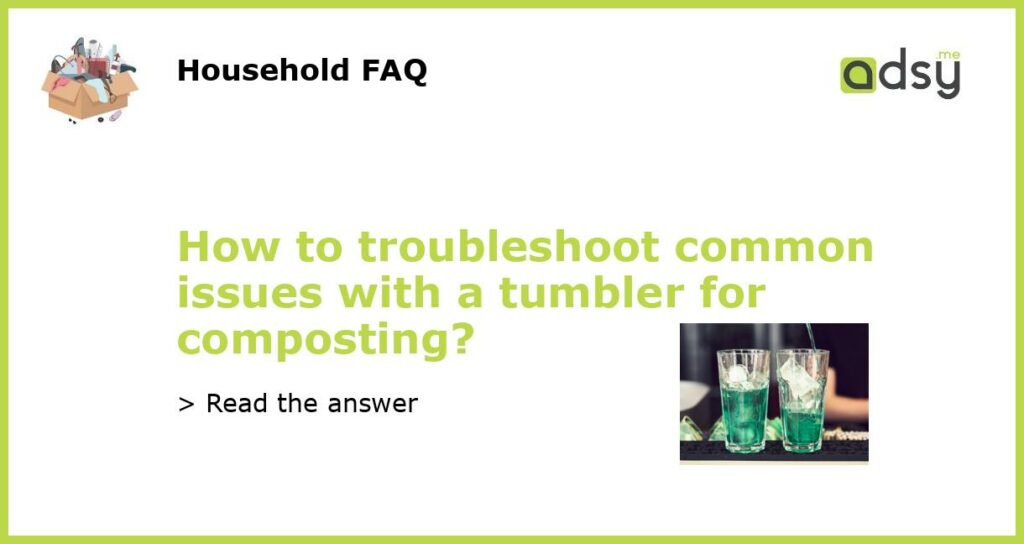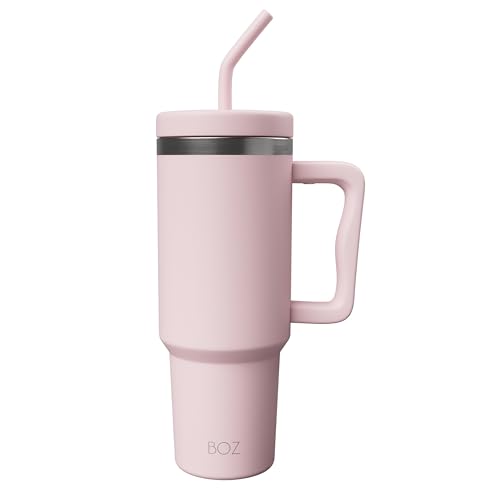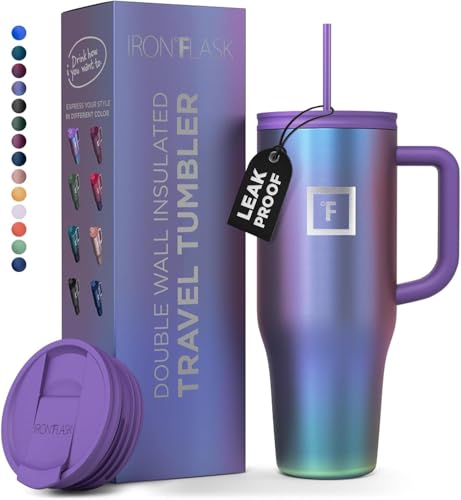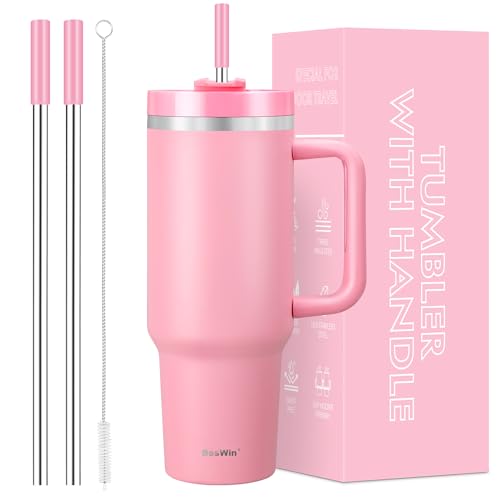Understanding the Basics of a Tumbler Composter
A tumbler composter is an effective and convenient tool for composting. It consists of a drum that you can rotate to mix and aerate the composting materials. However, like any other equipment, tumbler composters can encounter common issues that may hinder their optimal performance. Here are some troubleshooting tips to help you address these problems:
Foul Odors
Foul odors are a common issue with composters, including tumblers. The smell can indicate an imbalance in the composting process, typically caused by excess moisture or inadequate aeration. To tackle this problem:
- Check the moisture levels: If the compost is too wet, add dry ingredients like leaves or shredded paper to absorb excess moisture. It’s important to maintain a moisture level similar to a squeezed-out sponge.
- Turn and mix your compost: Regularly rotate the drum to provide proper aeration. This helps to prevent the formation of anaerobic conditions that lead to foul odors.
- Avoid adding too much nitrogen-rich materials: Excessive amounts of green or wet materials (e.g., grass clippings) can also cause foul odors. Ensure a good balance between carbon-rich (brown) and nitrogen-rich (green) materials.
Slow or Stalled Composting Process
If you notice that your tumbler composter is not breaking down the compost materials as quickly as expected or if the process seems to have stalled, here are some troubleshooting steps you can take:
- Check the temperature: The composting process requires an optimal temperature range of 130-160°F (55-70°C). Use a compost thermometer to ensure that the temperature is within this range. Adjust the compost mix if necessary by adding more green materials for heat generation or brown materials to cool it down.
- Verify the carbon-nitrogen ratio: For efficient composting, a C:N ratio of around 30:1 is ideal. Use a compost calculator or guide to determine if your mix has the correct balance. Adjusting the mix accordingly can help speed up the composting process.
- Ensure adequate moisture: Moisture is essential for composting, but excess or lack thereof can hinder the process. Maintain the moisture level described earlier to facilitate the decomposition of organic materials.
Pests and Rodent Infestation
Pests and rodents can be attracted to your compost due to the presence of food waste. Here are a few troubleshooting measures:
- Avoid adding meat, dairy, or oily substances: These materials can attract pests and rodents. Stick to plant-based materials to minimize the risk of infestation.
- Ensure proper sealing: Make sure that your tumbler composter is securely sealed to prevent pests from accessing the compost. If required, consider using a lockable lid or installing a wire mesh around the composter.
- Add a layer of brown materials: Placing a layer of dry leaves or straw on top of your compost can act as a deterrent for pests and rodents, as they dislike this type of cover.
Excessive Moisture or Leachate
If you notice excessive moisture or leachate (liquid draining from the composter), here are some steps to troubleshoot:
- Check the drainage system: Ensure that the drainage holes or spigot are not clogged or blocked by debris. Clear any obstructions to allow proper drainage.
- Adjust the moisture content: If the compost is too wet, add dry materials as mentioned earlier. If leachate persists, reduce the amount of wet or green materials and increase the proportion of brown or dry materials.
- Maintain the balance: A proper balance of carbon and nitrogen materials helps regulate the moisture level. Adjusting the mix and ensuring proper aeration will help control the overall moisture content.






